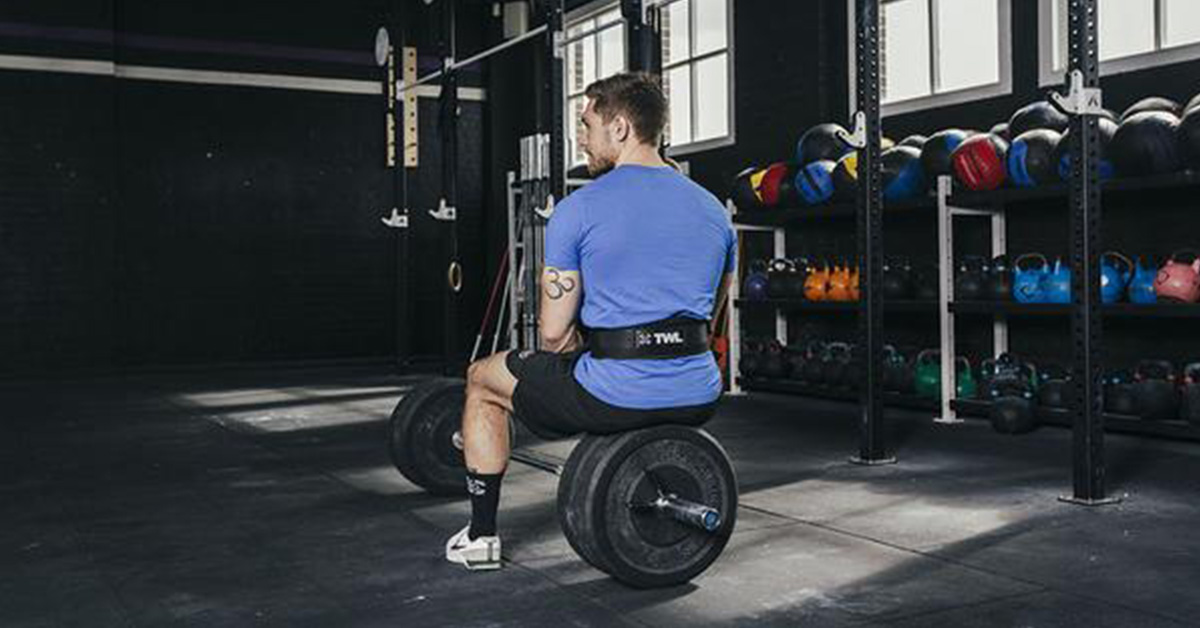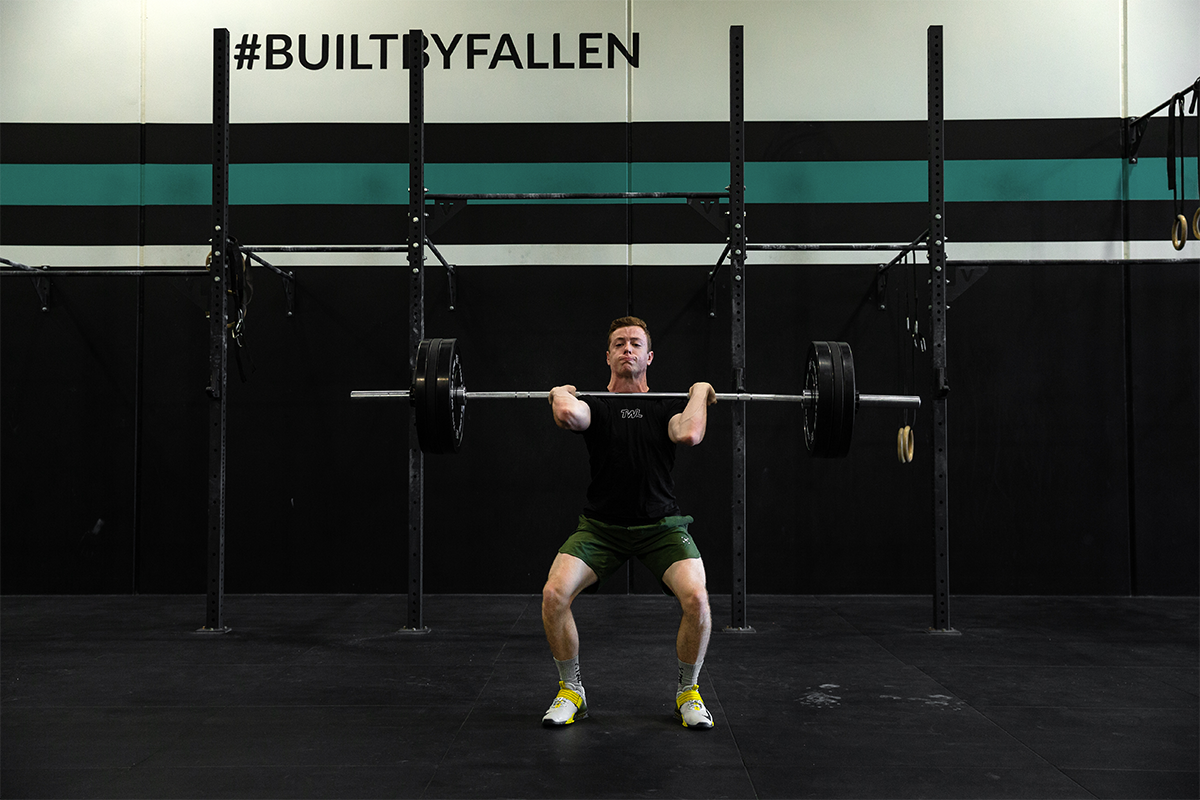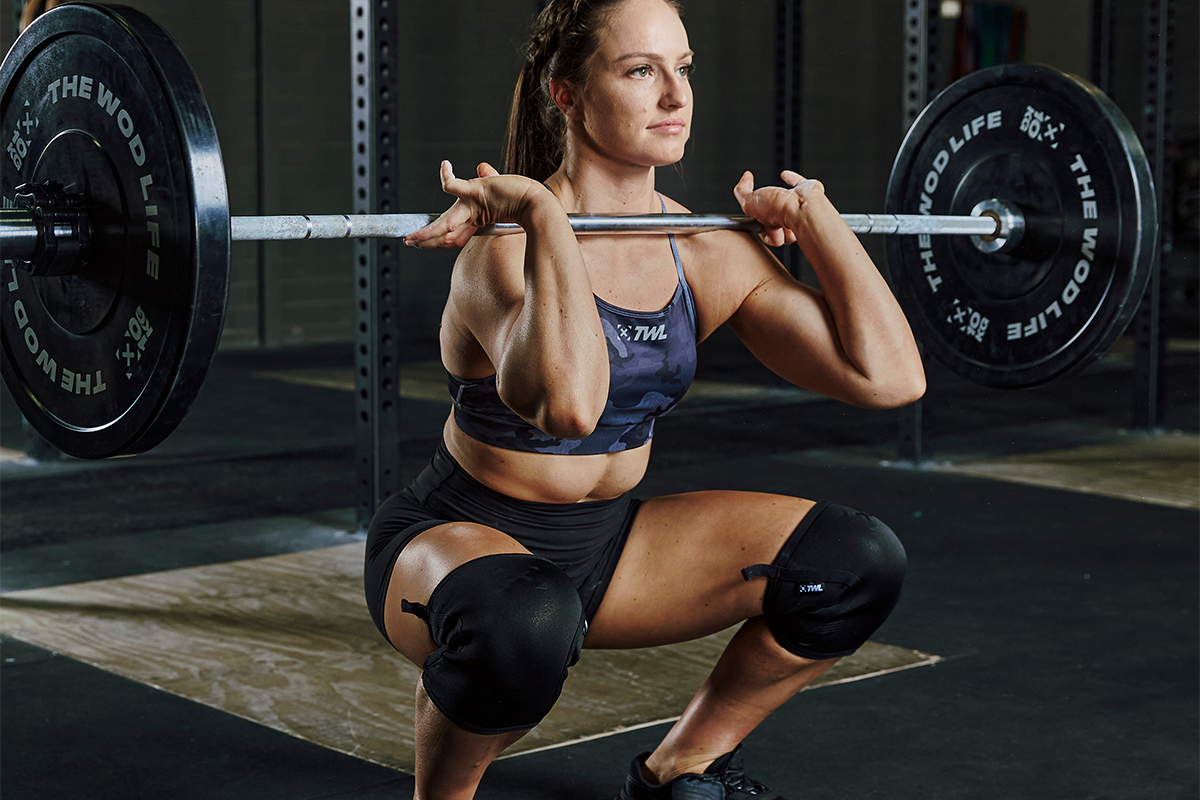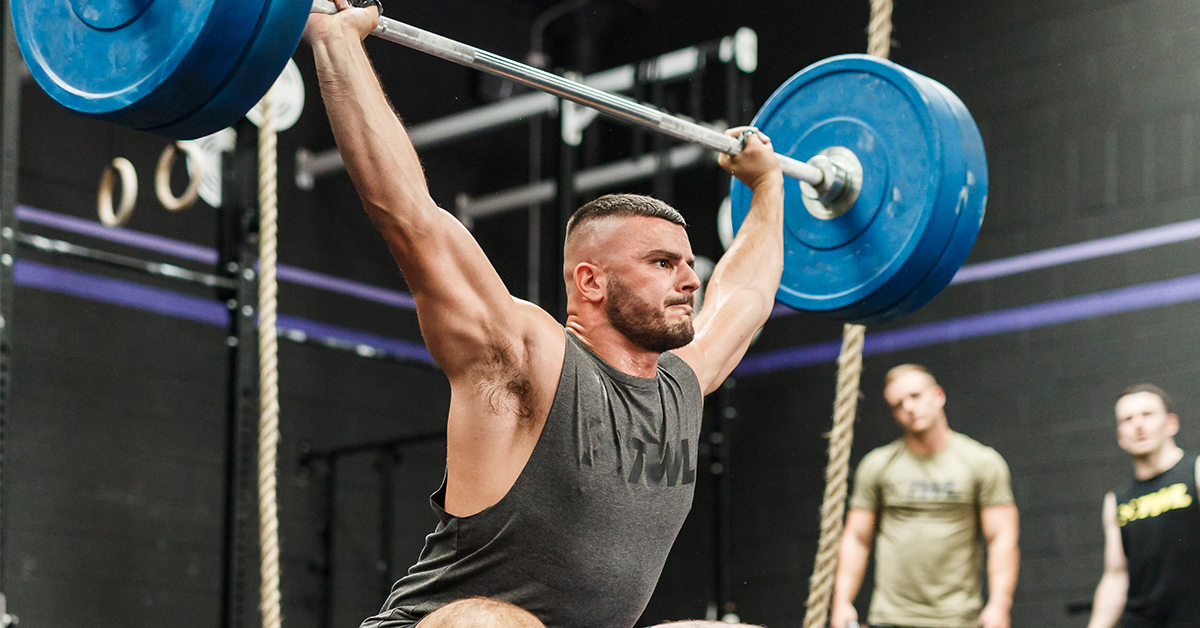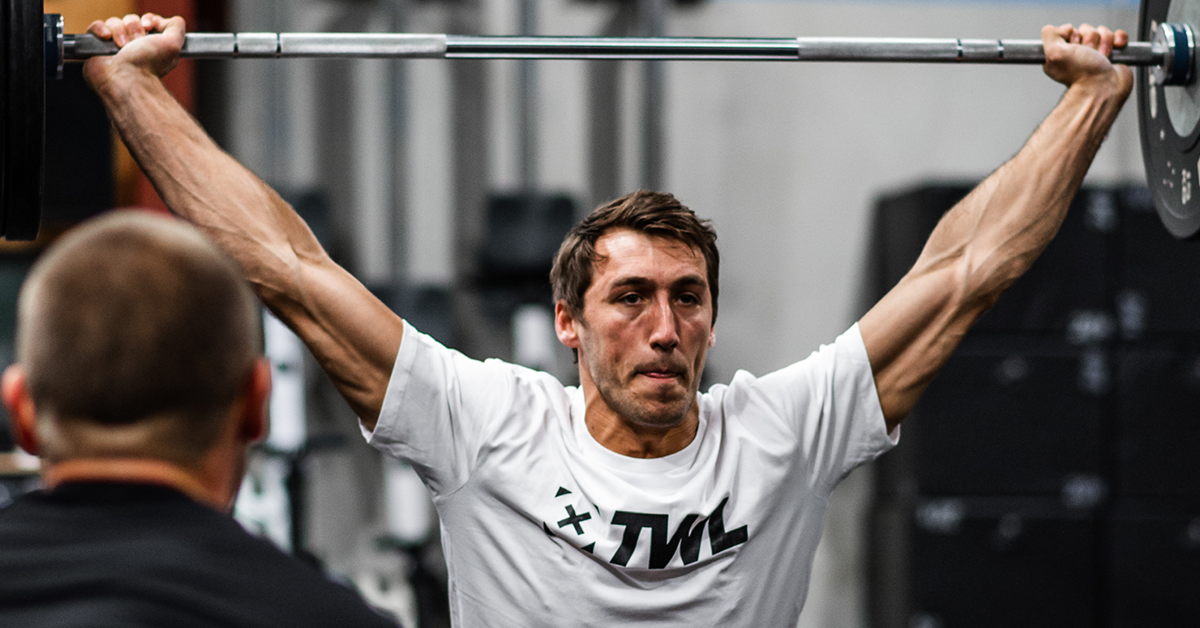Even if you’ve just joined a gym, you’ve probably already seen other members wearing belts but don’t really know what they’re for yet. Should you be wearing a belt for your workouts? Know this isn’t some fashionable accessory athletes wear just for funsies. They serve a real purpose and provide support when it’s needed most. If you’ve wondered about belts and whether you need one, here’s what you should know first.
https://www.instagram.com/p/Bui7Te1n_qu/
A Belt Does Not Replace Your Own Strength
You might have noticed another member putting on their belt right before a heavy lift or squat. This is because belts help to increase something called intra-abdominal pressure and stabilize the spine. In other words, it helps keep your core in place under the pressure of very heavy weights.
But there is an important point to make here: you do not wear a belt because your core is weak. You wear a belt to enhance a strong core. Read: a lifting belt is not a replacement for strength; it complements it. Staying strong under a heavy bar is something you should constantly be working on — without the assistance of a belt.
This is why you don’t see (or at least, you shouldn’t see) athletes wearing a belt for light to moderate weights. Really, if you’re not beyond around 85% of your one-rep max, you shouldn’t be wearing a belt. And if you’re a true beginner, you probably shouldn’t be using a belt at all. You need to learn how to form that intra-abdominal pressure on your own, as well as strengthen your core. (Breathing is crucial, too!)
View this post on Instagram
Also important to note: a belt does not replace poor technique, either. If you round your back and curl your hips under at the bottom of a clean or squat, a weightlifting belt won’t correct this. That kind of technique could very well lead to injury, so you’ll want to work on correcting it.
Takeaway? Belts are here to aid you, but strength and proper form are the foundation which you build off of.
Belts Are Not a Must-Have for Everything in the Gym
It’s not uncommon for an athlete to start experimenting with a belt, fall in love and subsequently want to use it for everything because it helps them lift more. Don’t fall into this trap. As mentioned earlier, you shouldn’t be utilizing a belt for lighter weights. You shouldn’t be wearing it every day throughout your entire WOD, just because it helps you feel stronger. In fact, in many movements, the belt will hinder performance and totally get in the way.
You should be using your belt at your heaviest weights and only with lower reps. Some coaches say you should belt up for anything six reps or fewer. Some say three reps or fewer. There is no definite rule, but the point is if you’re finding a 10-rep max deadlift, skip the belt. It’s not helping you anyway.
Enjoy its benefits, but don’t abuse it.
There Are Different Kinds of Belts
If you’re shopping online, you’ll quickly see there are all kinds of weightlifting belts to choose from: leather, Velcro, single prong, double prong, lever and so on. You should educate yourself on these choices because some belts are specific to certain activities and tasks. For instance, if you want a belt that’s quick to put on and remove mid-WOD, don’t get a prong — it’ll cost you precious seconds.
Can you benefit from a belt? Of course. But if you’re just starting your functional fitness or Olympic weightlifting journey, remember the number one priority should be strengthening your core. If you stick with the sport, you will undoubtedly need a belt later on down the line — and it most likely will add some kilos to your lifts.
Happy WODing!

